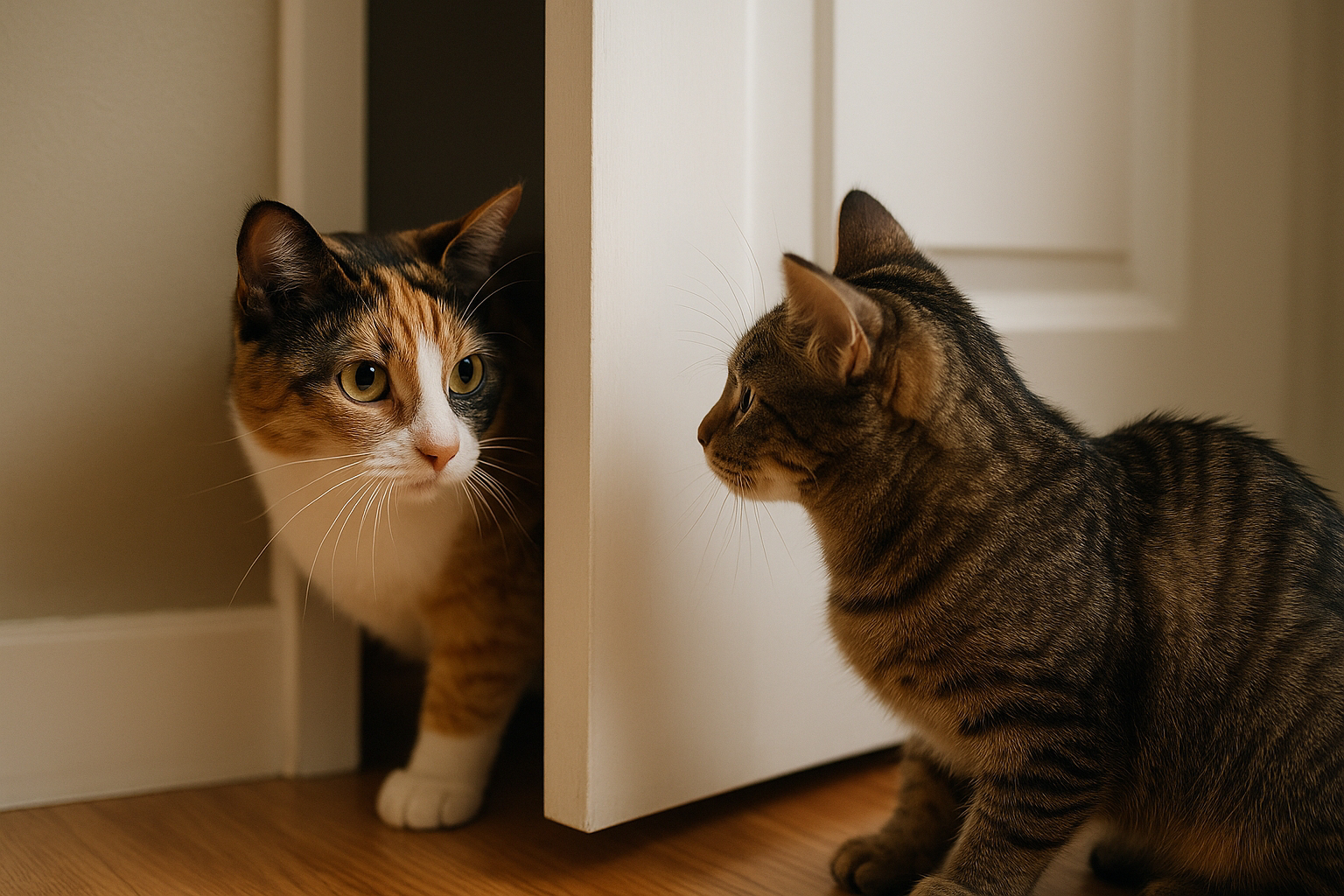Everything you need to feel confident bringing your new feline friend home.
Thinking of adding a cat to your home? Whether you’re dreaming of a sleepy lap cat or a playful ball of chaos, adopting a cat can be one of the most rewarding decisions you ever make. But before you open your door (and your heart), it’s important to make sure you’re prepared—not just with the right supplies, but with realistic expectations and a true understanding of what cat ownership involves.
This guide walks you through everything you need to know before adopting a cat: lifestyle considerations, costs, choosing the right cat, prepping your home, and what to expect during those first few weeks together.
🐾 Why Do You Want a Cat?
Let’s start with the most important question: why now?
Cats are often seen as low-maintenance pets, but they still need daily care, enrichment, and attention. If you're looking for a completely independent pet, you might be surprised—many cats are social, sensitive, and require more time and emotional investment than people expect.
Ask yourself:
- Do you want companionship?
- Are you prepared for a 15–20 year commitment?
- Can you afford ongoing vet care, food, and supplies?
- Are you willing to be patient as your cat adjusts to your home?
There’s no right or wrong answer, but getting clear on your “why” will help you make better decisions at every step.
🏡 Is Your Home Cat-Friendly?
You don’t need a huge house or a backyard to adopt a cat—plenty of felines thrive in small apartments—but your home should be safe, quiet (at least to start), and adaptable.
Here are a few home-readiness questions to consider:
- Do you have a secure, quiet area for your cat to decompress when you first bring them home?
- Are there houseplants that could be toxic to cats (like lilies, pothos, or aloe)?
- Can you keep breakable or dangerous items out of reach?
- Do you have screens on your windows if you plan to open them?
Many behavioral issues in cats stem from stress or overstimulation. Creating a calm, structured space makes those first days easier for both of you.
🐈 Choosing the Right Cat for You
Not all cats are the same! Temperament, age, and lifestyle compatibility matter much more than looks.
✨ Kitten or Adult Cat?
- Kittens are adorable, but they’re also high-energy and need lots of supervision. They’re more likely to get into things, and they often do best in pairs so they don’t become lonely or destructive.
- Adult cats tend to be calmer, litter-trained, and have more predictable personalities. Many older cats are overlooked in shelters but make incredibly loving companions.
✨ Personality Matters
Talk to shelter staff or foster families about the cat’s personality. Are they shy or outgoing? Do they enjoy being held? Are they playful or chill? A good match is key to a happy household.
✨ Special Considerations
- If you have other pets, look for a cat that has experience with dogs or other cats.
- If you have young kids, choose a cat with a gentle, patient demeanor.
- If you live a busy lifestyle, a more independent cat may be the better fit.
🧺 Supplies You’ll Need
Before you bring your cat home, make sure you have the basics on hand:
🐾 The Essentials:
- Litter box (one per cat, plus one extra ideally)
- Cat litter (clumping, non-clumping, or natural—test and see what works)
- Food and water dishes (preferably stainless steel or ceramic)
- High-quality cat food (check with the shelter for what they’ve been eating)
- Scratching post or pad (to save your furniture!)
- Cat carrier (secure and cozy for transport)
- Bed or blanket (they may choose their own spot, but it’s good to offer one)
- Toys (interactive toys, wand toys, and soft things to pounce on)
- Brush or comb (especially for long-haired breeds)
- Nail clippers
Optional but helpful: calming pheromone spray or diffuser, cat tree or shelves, and food puzzle toys.
💸 The Real Cost of Cat Ownership
Cats are generally less expensive to care for than dogs, but they still come with costs:
- Adoption fees (often between $50–$200, which may include spay/neuter and shots)
- Initial setup (supplies, carrier, litter box, etc.)
- Ongoing food and litter
- Annual vet visits (vaccines, checkups)
- Unexpected vet bills (injuries, dental issues, illnesses)
Consider setting aside an emergency fund or looking into pet insurance. Even indoor cats can rack up vet bills over time.
🚪 The First Few Days at Home
Your new cat will likely be overwhelmed at first, especially if they came from a shelter or were recently separated from a foster home.
🐱 Step 1: Give Them a Safe Room
Start with one small room where they can eat, use the litter box, and feel safe. Bedrooms or bathrooms work well. Let them explore the rest of the house gradually over time.
🐱 Step 2: Go Slow With Introductions
If you have other pets, don’t rush. Allow the new cat to settle first. Then start slow introductions through a closed door, followed by supervised visits.
🐱 Step 3: Let the Cat Set the Pace
Some cats want to cuddle right away. Others hide for a week. Both are normal! Sit in the room with them, speak softly, and offer treats or playtime—but let them come to you.
🧠 Know What’s Normal (and What’s Not)
Cats are quirky, but some behaviors can be signs of stress or illness.
Normal early behaviors:
- Hiding under the bed or couch
- Not eating much the first day or two
- Meowing at night
- Mild litter box accidents (especially in kittens)
Concerning signs:
- Not eating or drinking for 48+ hours
- Constant diarrhea or vomiting
- Persistent hiding without using the litter box
- Wheezing, coughing, or discharge from eyes/nose
If you’re unsure, call your vet. Early intervention makes a huge difference.
❤️ Building a Bond That Lasts
The bond between human and cat is often quieter than with a dog, but no less deep. Trust takes time. The more you respect your cat’s needs and boundaries, the more they’ll blossom.
Here are a few ways to build connection:
- Play daily, especially with wand toys or puzzles
- Talk to them—yes, really!
- Create routines (cats love consistency)
- Use treats for positive reinforcement
- Let them sit nearby, even if they’re not lap cats
🐾 In Summary: Patience, Preparation, and a Lot of Love
Adopting a cat isn’t just about picking the fluffiest one in the shelter. It’s about setting up a safe, enriching space, meeting their emotional and physical needs, and being patient as they learn to trust you.
When you do it right, you’re not just getting a pet—you’re gaining a companion who will purr beside you, greet you at the door, and make you laugh with their weird little antics for years to come.




